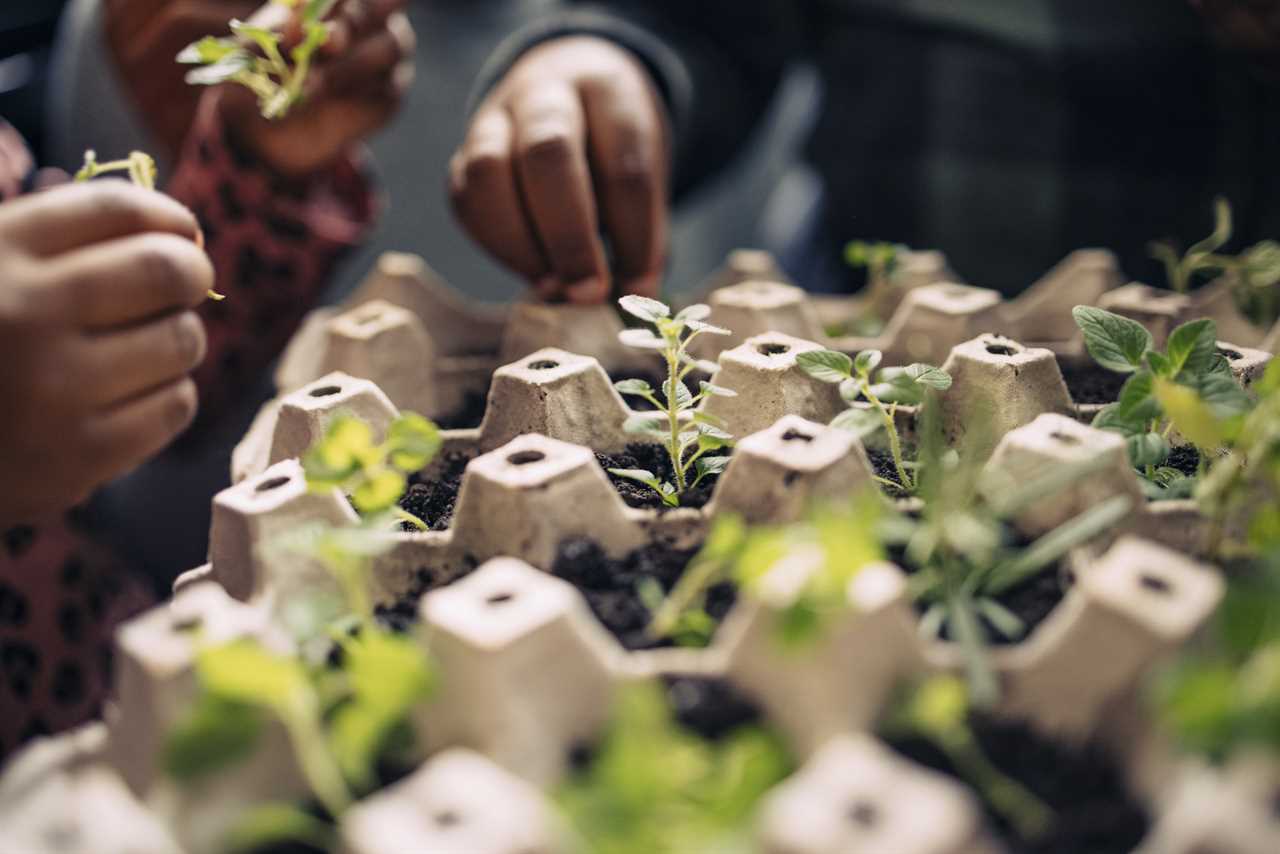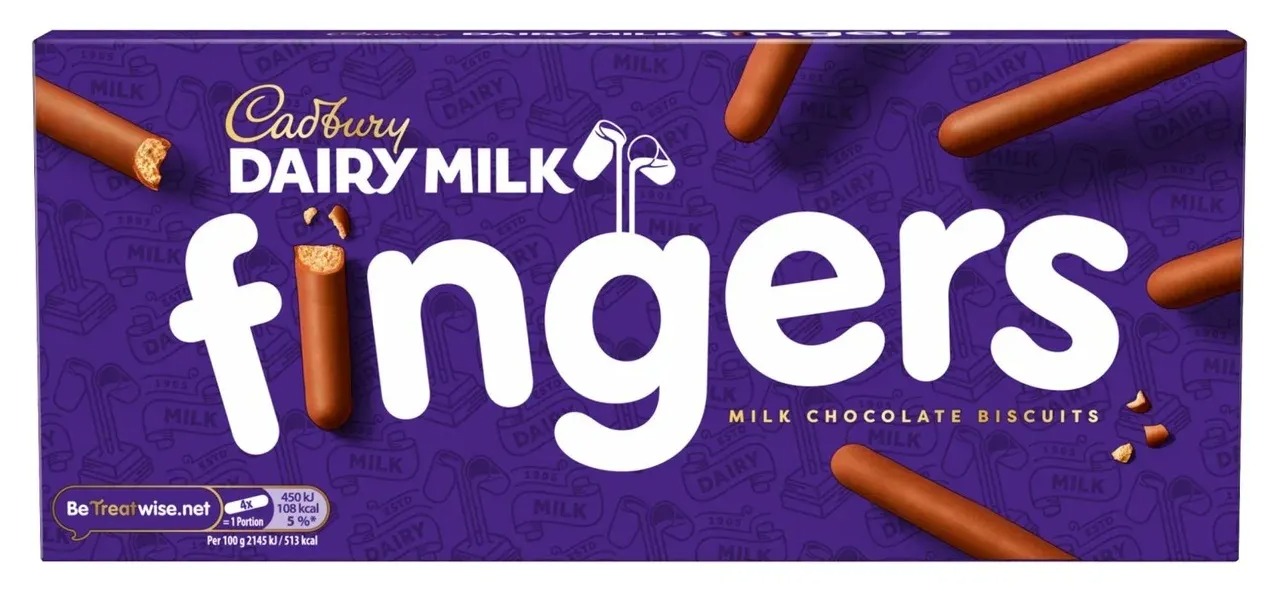
Audio Summary of the Article
Spring’s Joy: Watching Your Garden Thrive
There’s nothing quite like the blossoming of buds and the sprouting of seedlings that signals the arrival of spring. However, nurturing a thriving garden often comes with the unexpected expense of purchasing pots and planters. The good news? You can cultivate your green space without straining your wallet by repurposing items you already have at home.
Fresh Start: Seedling Success on a Budget
Starting plants from seeds or small cuttings doesn’t require pricey containers from garden centers. Instead, rummage through your recycling bin for plastic fruit and vegetable containers, such as those used for mushrooms, berries, grapes, or tomatoes. Washed-out yoghurt pots are also perfect candidates. Simply punch holes in the bottom for drainage and fill them with compost. Egg cartons can be an excellent alternative, offering multiple compartments for your seedlings.
For an eco-friendly option, consider using toilet roll tubes. These biodegradable pots can be planted directly into the ground once your plants are robust enough. Shape the bottom by cutting and folding the tube, then add compost to create a nurturing environment for your young plants.
Hole Lot of Fun: Creative Planters from Household Items
Give your garden a unique touch by turning old household items into stylish pots and planters. Unwanted colanders, for example, can be transformed into charming hanging baskets. Ensure you add drainage holes to prevent water from accumulating and harming your plants.

Old boots and wellies make quirky planters that add personality to your garden space. Additionally, repurposing old wheelbarrows or baskets provides excellent containers for larger plants. Paint worn wooden boxes or drawers to create vibrant planters that stand out in any garden setting.
Top Chips: Upcycling Chipped Crockery for Indoor Greenery
Broken crockery can find a new life as attractive planters for your indoor cacti or miniature succulents. These plants prefer minimal water, so drainage holes are unnecessary, making chipped floral cups an ideal choice. Used candle jars or broken glasses can also serve as elegant containers for your indoor greenery, adding a touch of shabby-chic to your home décor.
Milk It: Repurposing Large Plastic Containers
Big plastic milk containers are versatile tools in your gardening arsenal. By cutting off the bottom, you can use them as mini greenhouses to protect delicate seedlings from harsh weather. Alternatively, remove one side of the container, fill it with compost, and use it as a sturdy planter for your growing plants. These containers are not only practical but also offer a second life for items that would otherwise go to waste.
Daily Deals to Green Your Gardening
While focusing on affordable gardening solutions, don’t miss out on the latest deals that can help you save even more. From discounted denim jumpsuits to sweet treats like Cadbury Dairy Milk fingers, there are plenty of bargains to enjoy alongside your gardening projects. Keep an eye out for special offers on kitchen appliances and everyday essentials to stretch your budget further.

Join the Green Community and Win Big
Engage with fellow gardening enthusiasts and take part in exciting raffles for a chance to win cash prizes. Each code entered into the HOAR Raffle counts as a ticket, increasing your chances of winning. Whether you’re saving up for garden supplies or simply enjoying the process, participating in community events can add extra excitement to your gardening journey.
Final Thoughts: Grow Green, Save Green
Creating your own plant pots from recycled and repurposed items not only fosters creativity but also promotes sustainability. By thinking outside the box and utilizing materials you already own, you can cultivate a beautiful garden without the hefty price tag. Embrace these innovative ideas and watch your plants flourish as you contribute to a greener planet.
Frequently Asked Questions
What are the benefits of having an emergency fund?
An emergency fund provides financial security by offering a safety net for unexpected expenses, such as medical emergencies or job loss. It helps prevent debt accumulation, reduces stress, and allows for better financial planning, ensuring that individuals can navigate unforeseen circumstances without significant hardship.
What is the importance of financial literacy?
Financial literacy is essential for making informed decisions about budgeting, saving, investing, and managing debt. It empowers individuals to understand financial concepts, evaluate risks, and navigate complex financial products, leading to better financial stability and long-term wealth building.
How can I budget my money effectively?
To budget effectively, start by tracking your income and expenses to understand your spending habits. Set realistic financial goals, categorize your expenses, and allocate funds accordingly. Regularly review and adjust your budget to ensure it reflects your current financial situation and objectives.
What is a budget deficit?
A budget deficit occurs when a government's expenditures exceed its revenues over a specific period, usually a fiscal year. This can lead to increased borrowing and national debt if not addressed through spending cuts or revenue increases.
What are credit scores and why are they important?
Credit scores are numerical representations of an individual's creditworthiness, calculated based on credit history, payment behavior, and debt levels. They are important because they impact the ability to obtain loans, credit cards, and favorable interest rates, affecting overall financial health.
What are the different types of money?
The main types of money include commodity money, which is based on physical goods like gold or silver; fiat money, which is government-issued currency not backed by a physical commodity; and digital currency, which exists electronically and is often decentralized, such as cryptocurrencies.
What is the role of central banks in the economy?
Central banks manage a nation's currency, money supply, and interest rates. They implement monetary policy to control inflation, stabilize the currency, and foster economic growth. They also serve as lenders of last resort to the banking system during financial crises.
Statistics
- A study by the National Endowment for Financial Education found that 60% of Americans do not have a budget.
- As of 2021, the average American household had approximately $8,400 in credit card debt, according to Experian.
- The average return on investment for the S&P 500 over the past 90 years is about 10% per annum.
- The average cost of raising a child in the U.S. is estimated to be around $233,610, according to the U.S. Department of Agriculture.
- As of 2021, the median household income in the U.S. was approximately $67,521, according to the U.S. Census Bureau.
- According to the Bureau of Labor Statistics, the average American spends about $1,500 per year on coffee.
- According to the Federal Reserve, approximately 39% of Americans do not have enough savings to cover a $400 emergency expense.
- According to the World Bank, around 1.7 billion adults worldwide remain unbanked, lacking access to basic financial services.
External Links
How To
How To Develop a Good Saving Habit
Developing a good saving habit begins with setting clear financial goals. Determine what you are saving for, whether it’s an emergency fund, a vacation, or retirement. Start by automating your savings; set up a direct deposit from your paycheck into a savings account. Aim to save at least 20% of your income, gradually increasing this amount as you become comfortable. Track your spending to identify areas where you can cut back and redirect those funds to your savings. Regularly review your savings progress and adjust your contributions as necessary to stay motivated and achieve your goals.
Did you miss our previous article...
https://hellofaread.com/money/aldi-unveils-tasty-new-hot-cross-buns-for-easter-under-1
 PoliticsRoyaltySoap OperaGamingMoneyPrivacy PolicyTerms And Conditions
PoliticsRoyaltySoap OperaGamingMoneyPrivacy PolicyTerms And Conditions
